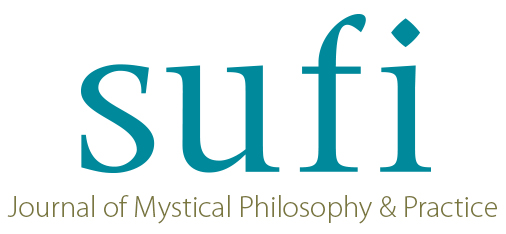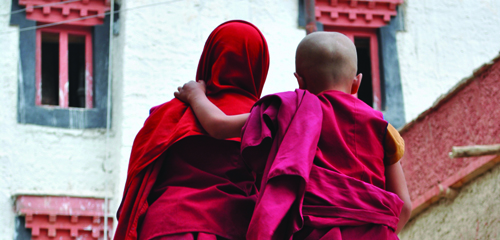The Sufis refer to God as the Friend (dūst). This is based on the Koranic verse yuhibbuhum wa yuhibbuhunah (God loves them and they love Him, 5:45), which is interpreted by the Sufis as meaning that it is God’s love for us that gives rise to our love for Him.
Category: Issue 82
Featured Artist: Elena Ray
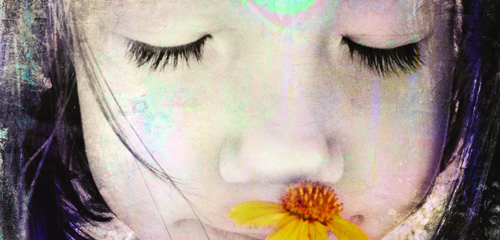 ELENA RAY of Antaratma Art & Photograpy is a mixed media photographer. The inspiration for her eclectic esoteric work is the beauty and balance of body, mind and spirit. Elena lives and works in Arizona.
ELENA RAY of Antaratma Art & Photograpy is a mixed media photographer. The inspiration for her eclectic esoteric work is the beauty and balance of body, mind and spirit. Elena lives and works in Arizona.
(Cover Photo by Elena Ray: “Mystical Child” www.antaratma.photoshelter.com)
Visit the Store to Subscribe or Buy the Current Issue and Back Issues
Sufi Symbolism
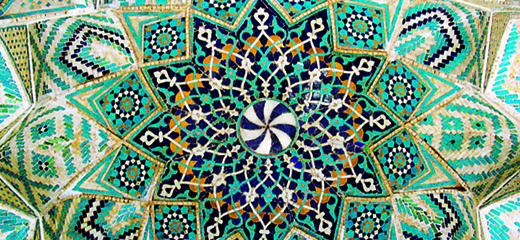 AND THE MYSTIC QUEST
AND THE MYSTIC QUEST
by Lahleh Bakhtiar
The centrality of symbolism in Sufi teaching remains a consuming topic for scholars as well as practitioners. Lahleh Bakhtiar’s discourse on the subject in her book Sufi: Expressions of The Mystic Quest invokes the tapestry of Sufi symbolism as an expanding visual language, rich with ritual and hidden archetypes—an inner path to understanding.
(Photo Prof. Richard T. Mortel – Riyadh)
Visit the Store to Subscribe or Buy the Current Issue and Back Issues
Guides of Light
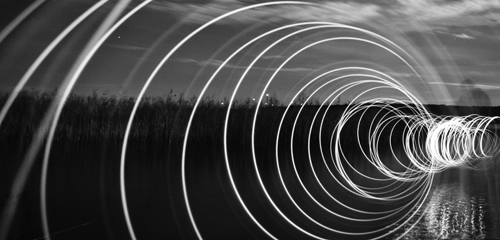 TEACHERS OF SUFI AND BUDDHIST TRADITIONS
TEACHERS OF SUFI AND BUDDHIST TRADITIONS
by Yousef Daoud
The east Asian traditions and Sufism have in common the tradition of working with a guide or master. As many of the great wisdom traditions have been migrating from the East to the West since the beginning of the 20th century, to cultures that are less traditional than those of Asia and the Middle East, the ancient role of the spiritual guide or teacher is being questioned and tested.
(Photo © Himberry/Photocase.com)
Visit the Store to Subscribe or Buy the Current Issue and Back Issues
Visions of Love
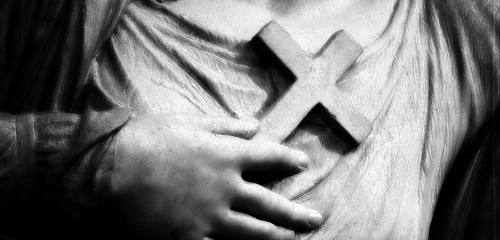 HADEWYCH OF ANTWERP – POET, MYSTIC, AND SPIRITUAL GUIDE
HADEWYCH OF ANTWERP – POET, MYSTIC, AND SPIRITUAL GUIDE
by Sajidah Abdus Sattar
In 13th century Europe, when the men of the Church preached about God as the almighty power who required pain and penance from sinful man, a remarkable movement known as Minnemystiek (love mysticism) emerged. Instigated by devout and courageous women of noble birth searching for a God who was tender and loving, these “beguines,” were particularly inspired by the writing and spiritual guidance of one exceptionally gifted woman, Hadewych (or Hadewijch) of Antwerp.
(Hadewijch article photo © Gate Gustafson 2011)
Visit the Store to Subscribe or Buy the Current Issue and Back Issues
Riding the Waves of Chaos
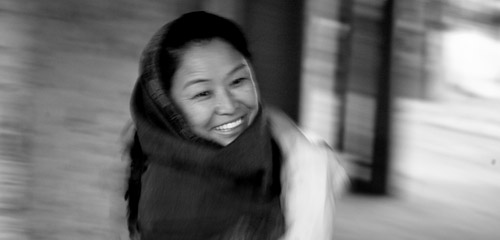 AN INTERVIEW WITH TIBETAN BUDDHIST, JEN FOX
AN INTERVIEW WITH TIBETAN BUDDHIST, JEN FOX
by Michele Rousseau
What is the spiritual meaning of surrender? Can we understand surrender as a matter of immanence? Transcendence? What does it honestly mean to surrender to (overwhelming) events as they arise—and why should we? Michelle Rousseau seeks the answers to these questions in her interview with Jen Fox, a Tibetan Buddhist who made an extraordinary journey last year to meet with her spiritual teacher Khandro Thrinlay Chodon, the great granddaughter of Togden Shakya Shri (1853-1919).
(Riding the Waves of Chaos–Interview photo of Khandro Thrinlay Chodon courtesy of Jane Miknius)
Visit the Store to Subscribe or Buy the Current Issue and Back Issues
Heech – Poems in Three Dimensions
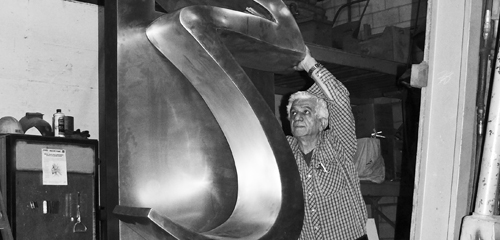 PARVIZ TANAVOLI’S SCULPTURES OF NOTHINGNESS
PARVIZ TANAVOLI’S SCULPTURES OF NOTHINGNESS
Archives Issue #82
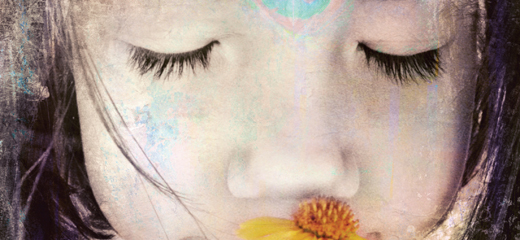 FROM THE EDITORS
FROM THE EDITORS
Issue 82 of SUFI welcomes back renowned poet, Robert Bly ponders the meaning of love in the writings of medieval Christian Mystic Hadewych, reflects on some teaching strategies of Sufi and Buddhist teachers, and explores the significance of Symbols — both traditional and contemporary — in our understanding and experience of Sufism.
DISCOURSE, ARTICLES, NARRATIVES AND INTERVIEWS
FRIENDSHIP Discourse by Alireza Nurbakhsh, Read Entire Discourse>
RIDING THE WAVES OF CHAOS Interview of Tibetan Buddhist Jen Fox by Michele Rousseau
VISIONS OF LOVE Hadewych of Antwerp–Poet, Mystic and Spiritual Guide by Sajidah Abdus Sattar
GUIDES OF LIGHT Teachers of Sufi and Buddhist Traditions by Yousef Daoud
SUFI SYMBOLISM and the Mystic Quest by Lahleh Bakhtiar
HEECH Poems in Three Dimensions: Parviz Tanavoli’s Sculptures of Nothingness by Sholeh Johnston
CULTUREWATCH
TODAY, TOMORROW AND THE DAY AFTER TOMORROW, An Award-winning Piece of Puppet Theatre about Hallaj from an Iranian Theatre Company by Sholeh Johnston
FILM REVIEW Men of Faith: Of Gods and Men/ 2010 by Peter Valentyne
CULTUREWATCH BOOK REVIEWS by David Paquiot and Peter Valentyne
Sufism and The Way of Blame / Hidden Sources of a Sacred Psychology by Yannis Toussulis, PhD
The Rumi Tarot Kit, Text and Tarot Card illustration by Jackson Woodbury
POETRY
There is No One Other Than God by Dr. Javad Nurbakhsh
Dissolved by Roger Loff
The Secret of the Beloved by Shah Nimatullah/Translation by Alireza Nurbakhsh
I Sang to the Wind by Jennifer Lively
Plan for a Year by Robert Bly
Fish in the Sundays River by Jeni Couzyn
Be Still My Hands by Patricia Sweeney
Conjurer by Roger Loff
FEATURED POET
ROGER LOFF Poet
FEATURED ARTIST
ELENA RAY Photographer – Artist (antaratma.photoshelter.com)
(Cover Photo by Elena Ray)
Print and digital subscriptions available. Buy SUFI now.
